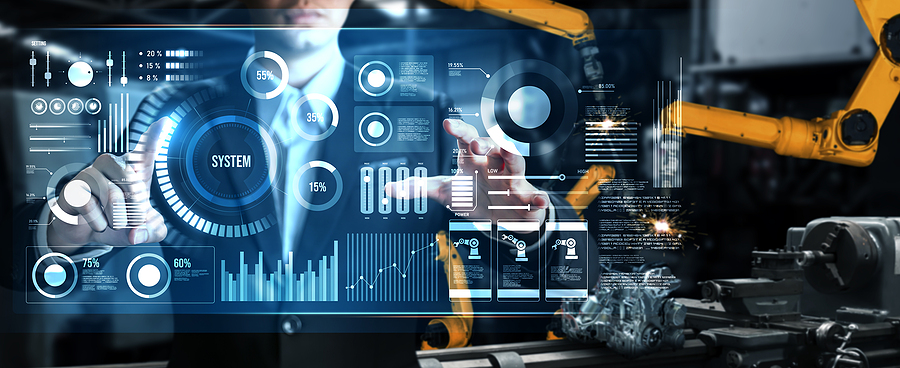
Smart Factories: Connecting the Pieces Through Integrated Technologies
Smart factories are redefining how supply chains operate, making production lines faster, more accurate, and better connected than ever. At the heart of this transformation is the integration of advanced technologies that allow systems to communicate in real time. This connection between machines, software, and data is key to improving decision-making, reducing waste, and boosting operational efficiency.
Core Technologies Powering Smart Factories
Several technologies work together to bring smart factory environments to life. Industrial Internet of Things devices collect data across every part of a facility, from machine performance to product quality. This data is then sent to centralized platforms powered by artificial intelligence and machine learning, which analyze it and trigger automated responses. These insights help supervisors predict maintenance needs, monitor production bottlenecks, and allocate resources more efficiently.
Meanwhile, robotics and automation streamline repetitive tasks. Machines that once operated in isolation now sync with surrounding equipment, creating smooth transitions between steps in production. This reduces downtime and manual errors. Cloud-based platforms allow managers to access performance data from any location, supporting more agile responses across the entire supply chain.
The Importance of System Compatibility
Integrating these technologies successfully depends on strong infrastructure and compatible systems. Manufacturers must ensure that legacy equipment can communicate with newer software platforms or be updated without major disruption. Choosing hardware that supports open protocols allows easier integration across departments and vendors.
Reliable connections are also essential. Sensors, programmable controllers, and real-time data platforms must work in coordination without lags or breakdowns. This is where cable assembly manufacturers play a subtle yet critical role. High-quality cables and connectors provide the physical support necessary for transmitting data quickly and accurately throughout a smart factory.
Transforming Supply Chain Agility
As smart factories mature, their benefits ripple throughout the supply chain. Real-time visibility allows businesses to respond faster to supply shortages or changes in demand. Integrated technologies help eliminate silos across logistics, procurement, and production planning. The result is a more flexible, cost-effective operation that meets customer needs faster.
Smart factory integration is not just a technological upgrade. It is a strategic step toward building a connected supply chain that can anticipate challenges and adapt quickly. Companies that invest in the right tools and connections will be better positioned to lead in an increasingly data-driven economy.
The accompanying infographic provides a breakdown to building a smart factory:





